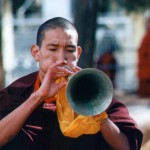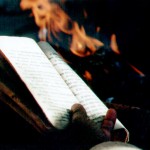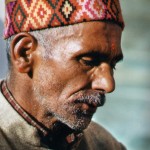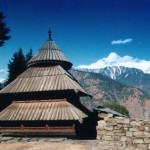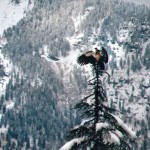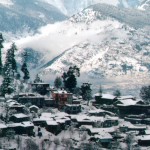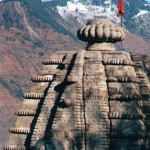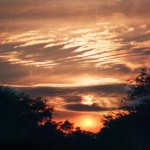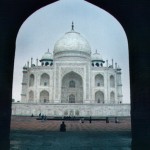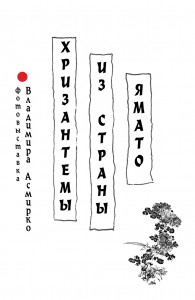Images of the Virgin
Visit to the Church of the Annunciation in Nazareth, where the unique collection of frescoes depicting the Mother of God from all over the world is kept, gave me the inspiration to make a small exposition “IMAGES OF THE MOTHER OF GOD”.
A Handful of Sand
Выставка “ГОРСТЬ ПЕСКА”
«Some three or four hundred meters away from the Pyramid I bent over, took up a handful of sand, let it fall silently a little further on, and said in a low voice: “I am modifying the Sahara”. The deed was minimal, but the not ingenious words were exact and I thought that I had needed my entire life to be able to say them. My memory about that moment is among the most important things I brought from Egypt».
Jorge Luis Borges, “Desert”, from “Atlas” collection »Chrysanthemums from the Land of Yamato
Russia: Sacred and Mysterious
RUSSIA: SACRED AND MYSTERIOUS
Although Vladimir Asmirko’s exhibition is called “Russia: Sacred and Mysterious”, when you look at his work you realise at first glance that the “sacred” and the “mysterious” he refers to do not belong to any country or religion in particular, but are rather intended as absolute concepts.
Asmirko says “It was many years ago, in Japan, that my human and photographic interest for mystical places was born”. This means that the emotions that an architectural complex stimulates can make you look and search beyond the material structure or the religion it belongs to. And this is exactly what Asmirko’s artistic investigation is about.
When he compares “a shining dome set against the sky and the reflection of a palazzo on the Great Canal” he suggests that nature and architecture combined together generate some sort of superior and unifying religion. A universal religion called water, mist, snow, tree, bird, darkness, light: things so common and yet beyond human control. Things that man had to struggle with at the beginning of his quest for the discovery and the conquest of the world. By doing so, he created altogether his very first forms of mystical dependence: the religion of thunder, the religion of fire, the religion of food, the religion of the unknown.
When Asmirko approached the Staroverys’ community, a community that traditionally depends upon their “sacred and mysterious” past, he took black and white photographs in a documentary style, with people looking straight into the camera, as if proudly stating their right to choose an eternal continuity within their world. They look like cathedrals in a human form and their message for posterity speaks of coherence and harmony.
The artist thinks of “churches reflected in waters that, perhaps, once upon a time washed the stony steps of Venice, or rolled over the sands of Kamakura in Japan.” Who knows if there is any truth in the theory of the circularity of the water, and if the waters surrounding the orthodox churches today are the same that witnessed the birth and the development of Venice? Yet you have to accept this idea, or at least share it somehow, for that is one of the reasons Asmirko brings his work to Venice.
His poetical purpose is materialised in a strongly individual and coherent style. His classical formal approach indulges in some surrealistic games of colour and his portraits follow the European anthropological school of black & white photography (first of all August Sander). His “sacred geography” describes the relationship between man and nature, or rather the bond between man’s creations, which express his inclination for the sacred, and nature’s contribution to sanctify objects and places that do not belong to any specific religious faith. Independently from their actual geographical location, they celebrate an emotionally universal mysticism.
Carlo Montanaro
Director of the Academy of Fine Arts of Venice
Professor of Cinema and Photography History
